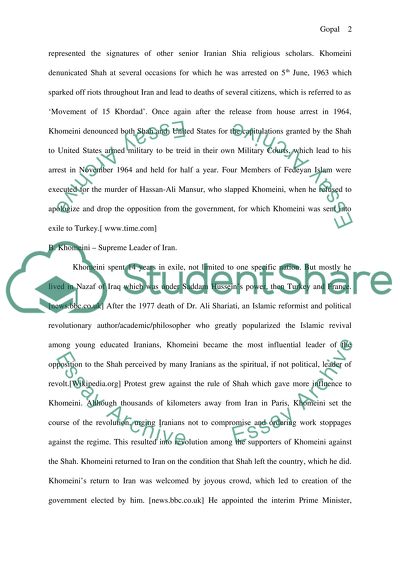Cite this document
(“Iran during the rule of Ayatollah Khomeini Essay”, n.d.)
Iran during the rule of Ayatollah Khomeini Essay. Retrieved from https://studentshare.org/miscellaneous/1517520-iran-during-the-rule-of-ayatollah-khomeini
Iran during the rule of Ayatollah Khomeini Essay. Retrieved from https://studentshare.org/miscellaneous/1517520-iran-during-the-rule-of-ayatollah-khomeini
(Iran During the Rule of Ayatollah Khomeini Essay)
Iran During the Rule of Ayatollah Khomeini Essay. https://studentshare.org/miscellaneous/1517520-iran-during-the-rule-of-ayatollah-khomeini.
Iran During the Rule of Ayatollah Khomeini Essay. https://studentshare.org/miscellaneous/1517520-iran-during-the-rule-of-ayatollah-khomeini.
“Iran During the Rule of Ayatollah Khomeini Essay”, n.d. https://studentshare.org/miscellaneous/1517520-iran-during-the-rule-of-ayatollah-khomeini.


